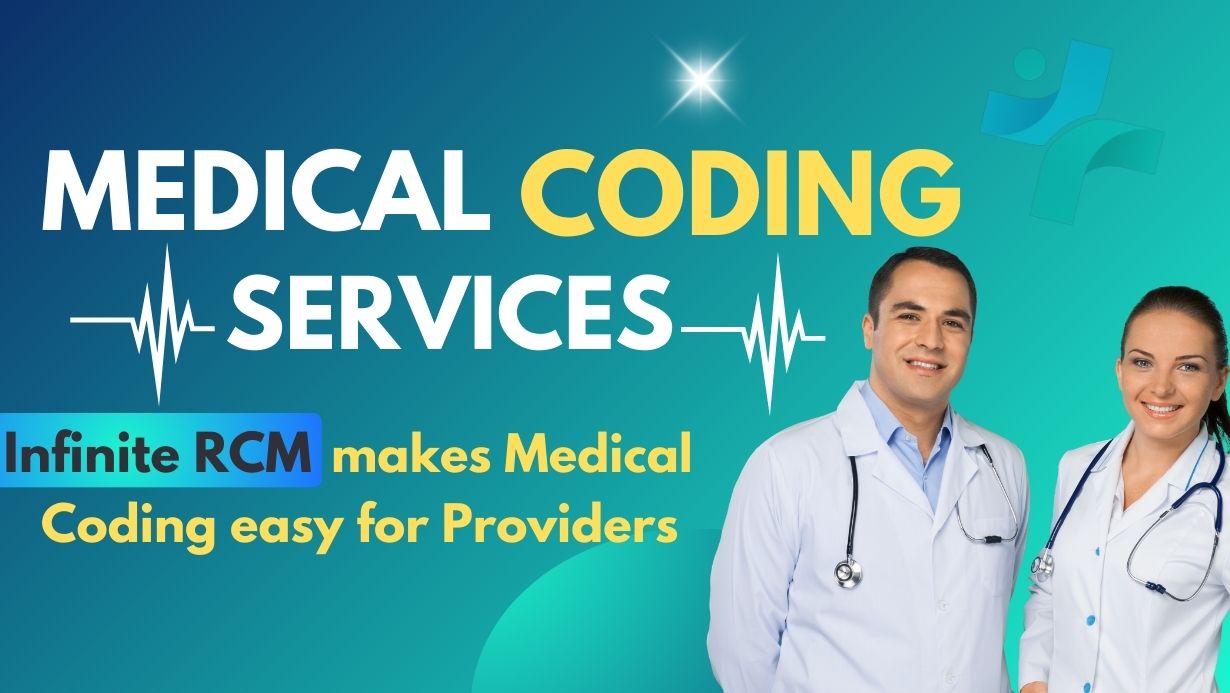Subtotal $0.00

Medical billing can be complex, but one of its cornerstones is the CPT code system. Whether you’re a healthcare provider, a medical biller, or just curious about how healthcare services are billed, understanding CPT codes is essential. This blog breaks down what CPT codes are, how they’re used, and why they’re critical in modern medical billing.
What Are Medical Billing CPT Codes?
CPT stands for Current Procedural Terminology, a standardized coding system developed by the American Medical Association (AMA). These five-digit codes are used to document medical, surgical, and diagnostic services. Their main purpose? To ensure accurate billing and insurance reimbursement.
Why Are CPT Codes Important in Medical Billing?
CPT codes play a vital role in the healthcare revenue cycle. Here’s why:
- ✅ Streamlined Communication: They standardize medical reporting across providers and payers.
- ✅ Accurate Reimbursement: Insurance companies use these codes to determine the payment amount.
- ✅ Regulatory Compliance: Proper coding ensures compliance with federal regulations, such as HIPAA.
- ✅ Performance Tracking: Help healthcare providers track services and outcomes over time.
Categories of CPT Codes
CPT codes are divided into three categories, each serving a unique function in the medical billing process.
1. Category I – Common Procedures and Services
These are the most frequently used codes, covering:
- Evaluation and Management (E/M): 99201–99499
- Anesthesia: 00100–01999
- Surgery: 10021–69990
- Radiology: 70010–79999
- Pathology and Laboratory: 80047–89398
- Medicine: 90281–99607
2. Category II – Performance Measurement
- Supplemental tracking codes used for data collection and quality improvement.
- Format: Four digits followed by “F” (e.g., 0001F).
3. Category III – Emerging Technologies
- Temporary codes for experimental or new procedures.
- Format: Four digits followed by “T” (e.g., 0123T).
Common CPT Code Examples
Here are some widely used CPT codes in clinical practice:
| CPT Code | Description |
|---|---|
| 99213 | Office/outpatient visit for an established patient |
| 93000 | Routine ECG with interpretation |
| 12001 | Simple wound repair |
| 80050 | General health panel |
| 36415 | Routine venipuncture (blood draw) |
How to Use CPT Codes Correctly
To ensure accurate medical billing, follow these steps:
🔹 1. Verify the Procedure Performed
Check patient records for a clear description of the service.
🔹 2. Assign the Correct Code
Use the AMA CPT Manual or electronic medical record (EMR) software.
🔹 3. Apply Modifiers if Needed
Modifiers (like -25 or -59) provide additional information about the service.
🔹 4. Double-Check for Accuracy
Avoid claim rejections by verifying codes before submission.
Tools and Resources for CPT Coding
Here are essential resources every biller and coder should know:
- AMA CPT Codebook – Official printed reference.
- AMA Website – Offers digital tools and updates.
- Coding Software—Integrated into many EMRs (e.g., Epic, Cerner).
- AAPC & AHIMA – Industry-standard certification and training organizations.
CPT Codes vs. ICD-10 vs. HCPCS: What’s the Difference?
| Code Type | Used For | Managed By |
|---|---|---|
| CPT | Procedures/Services | AMA |
| ICD-10 | Diagnoses | WHO |
| HCPCS | Medicare services/supplies | CMS |
Understanding these distinctions is crucial for accurate claims processing.
Final Thoughts
CPT codes are the backbone of medical billing, ensuring that providers are paid correctly and services are properly documented. Whether you’re just starting out or brushing up your skills in 2025, a solid understanding of CPT coding will improve your efficiency, compliance, and reimbursement accuracy.
FAQs about CPT Codes in Medical Billing
Q1: Are CPT codes the same as ICD-10 codes?
No, CPT codes describe what was done (procedures), while ICD-10 codes describe why it was done (diagnoses).
Q2: Who assigns CPT codes?
Medical coders or healthcare providers assign CPT codes based on patient documentation.
Q3: Can CPT codes change annually?
Yes, the AMA updates CPT codes every year, so it’s important to use the latest codebook.
Need Help with CPT Coding?
Whether you’re running a practice or managing medical billing, using the correct CPT codes can save you time and money. If you need help with medical billing services, coding audits, or training, contact with Infinite RCM directly.





